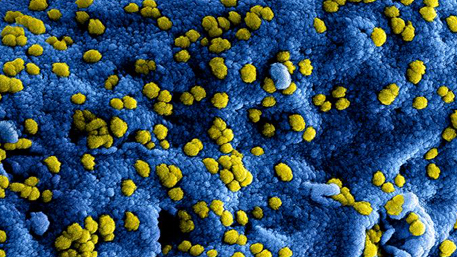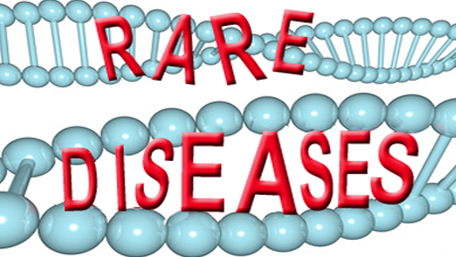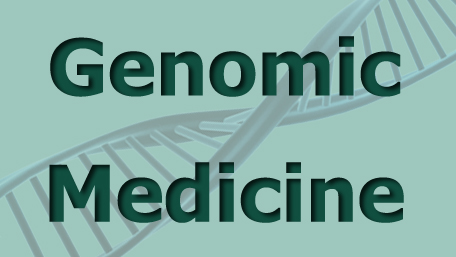
09/30/2020
Hot Topics of the Day are picked by experts to capture the latest information and publications on public health genomics and precision health for various diseases and health topics. Sources include published scientific literature, reviews, blogs and popular press articles.
Sign up MyPHGKB to receive the daily hot topic email alert.
Archived Hot Topics of the Day By Date
Identification of novel risk loci and causal insights for sporadic Creutzfeldt-Jakob disease: a genome-wide association study
E Jones et al, Lancet Neurology, October 2020
Clinical features of COVID-19 mortality: development and validation of a clinical prediction model
AS Yadaw et al, Lancet Digital Health, October 2020
Genetic risk, incident gastric cancer, and healthy lifestyle: a meta-analysis of genome-wide association studies and prospective cohort study
G Jin et al, Lancet Oncology, September 29, 2020
(Un)standardized testing: the diagnostic odyssey of children with rare genetic disorders in Alberta, Canada
CM Igbokwe et al, Genetics in Medicine, September 29, 2020
A genotype-first approach to exploring Mendelian cardiovascular traits with clear external manifestations
BM Wenger et al, Genetics in Medicine, September 29, 2020
Identifying rare, medically relevant variation via population-based genomic screening in Alabama: opportunities and pitfalls
KM Bowling et al, Genetics in Medicine, September 29, 2020
Disclaimer: Articles listed in Hot Topics of the Day are selected by Public Health Genomics Branch to provide current awareness of the scientific literature and news. Inclusion in the update does not necessarily represent the views of the Centers for Disease Control and Prevention nor does it imply endorsement of the article's methods or findings. CDC and DHHS assume no responsibility for the factual accuracy of the items presented. The selection, omission, or content of items does not imply any endorsement or other position taken by CDC or DHHS. Opinion, findings and conclusions expressed by the original authors of items included in the Clips, or persons quoted therein, are strictly their own and are in no way meant to represent the opinion or views of CDC or DHHS. References to publications, news sources, and non-CDC Websites are provided solely for informational purposes and do not imply endorsement by CDC or DHHS.
- Page last reviewed:Feb 1, 2024
- Content source:







